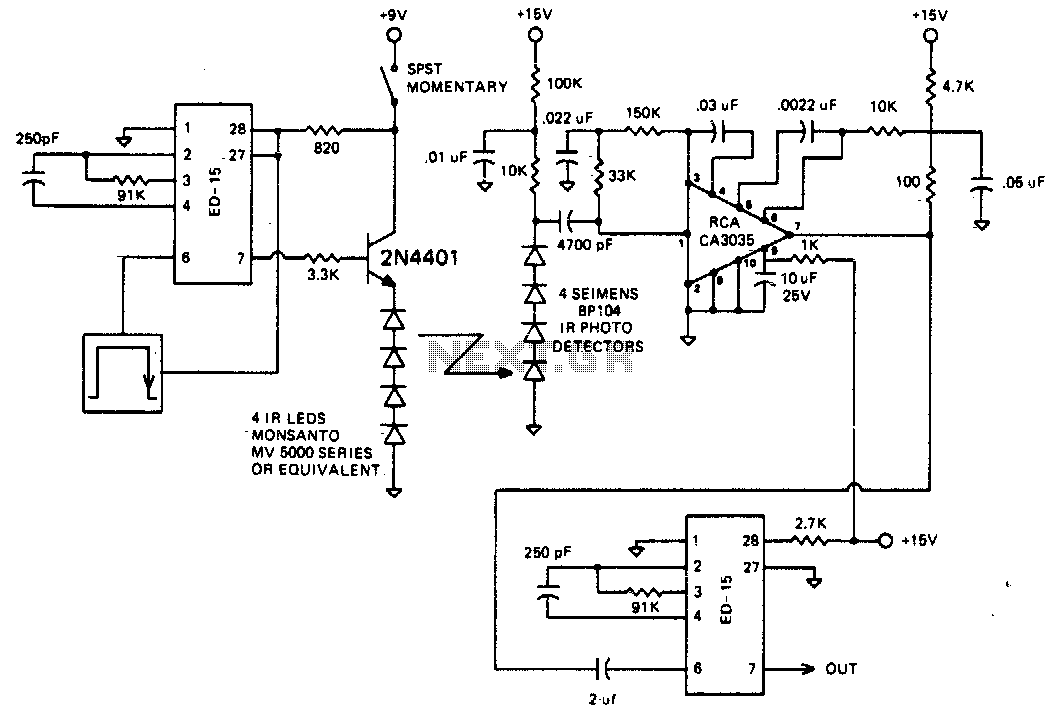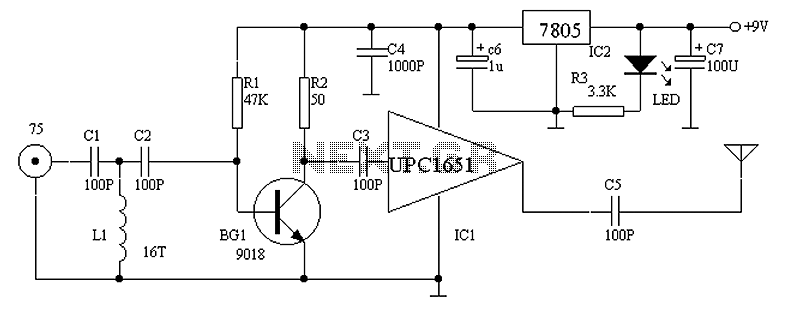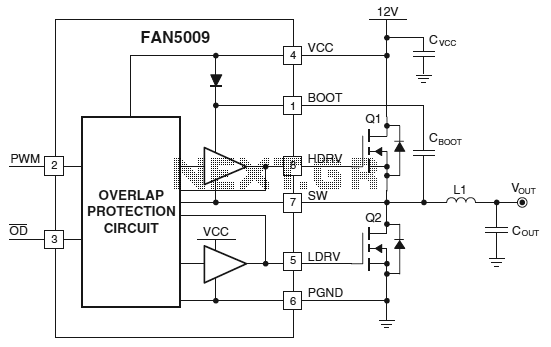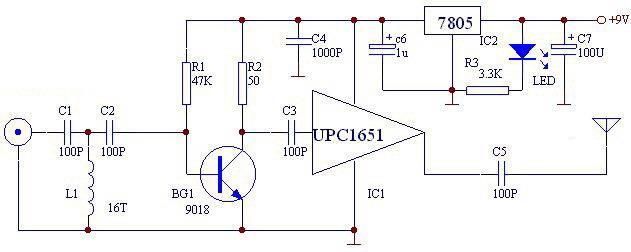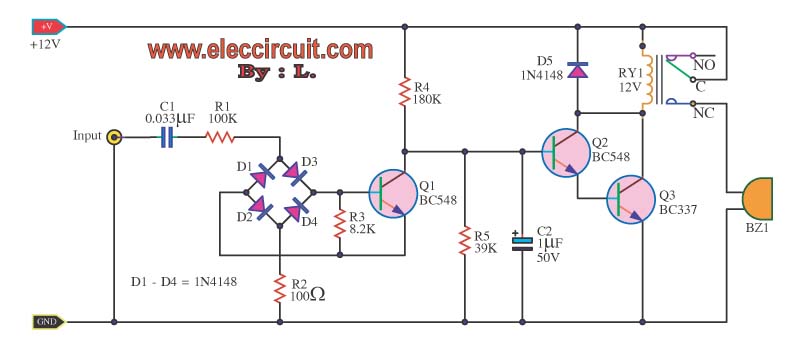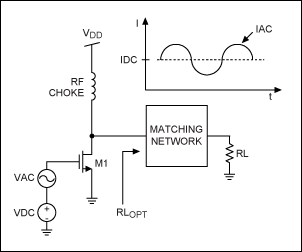
AM Transmitter circuits
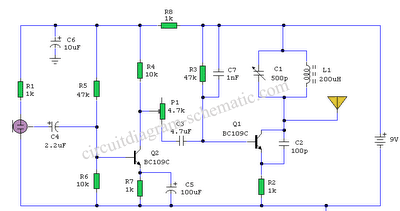
The AM transmitter circuit consists of an audio amplifier and an RF oscillator. The oscillator is constructed around transistor Q1 and its associated components. The tank circuit, which includes inductor L1 and variable capacitor VC1, is tunable from approximately 500 kHz to 1600 kHz. These components can be repurposed from an old medium wave radio, if available. Regenerative feedback for Q1 is necessary for oscillation, which is accomplished by connecting the base and collector of Q1 to opposite ends of the tank circuit.
The AM transmitter circuit operates through the interaction of its primary components: the audio amplifier, RF oscillator, tank circuit, and the regenerative feedback mechanism. The audio amplifier processes the audio input signal, which is typically derived from a microphone or an audio source, and amplifies it to a suitable level for modulation.
The RF oscillator, centered around transistor Q1, generates a carrier wave at the desired frequency. The tank circuit, composed of inductor L1 and variable capacitor VC1, is critical for establishing the oscillation frequency. The inductance of L1 and the capacitance of VC1 form a resonant circuit that determines the frequency of oscillation. By adjusting VC1, the frequency can be finely tuned across the range of 500 kHz to 1600 kHz, allowing for flexible operation within the AM band.
For proper oscillation, Q1 requires regenerative feedback. This feedback is facilitated by connecting the base and collector of Q1 to opposite ends of the tank circuit. This configuration allows a portion of the output signal to be fed back into the input, reinforcing the oscillation process. The strength of the feedback can be adjusted to ensure stable oscillation without unwanted distortion or instability.
In summary, the AM transmitter circuit is a compact and efficient design that utilizes readily available components to achieve reliable transmission of amplitude-modulated signals within the medium wave frequency range. Proper tuning of the tank circuit and careful management of the feedback mechanism are essential for optimal performance.The AM Transmitter circuits in two and a half, audio amplifier and an RF oscillator. The oscillator is built around Q1 and associated components. Tank circuit L1 and VC1 is melodious from about 500kHz to 1600KHz. These components can be used from an old MW radio, if available. Needs Q1 regenerative feedback to oscillate and this is achieved by connecting the base and collector of Q1 to the opposite end of the tank circuit 🔗 External reference
The AM transmitter circuit operates through the interaction of its primary components: the audio amplifier, RF oscillator, tank circuit, and the regenerative feedback mechanism. The audio amplifier processes the audio input signal, which is typically derived from a microphone or an audio source, and amplifies it to a suitable level for modulation.
The RF oscillator, centered around transistor Q1, generates a carrier wave at the desired frequency. The tank circuit, composed of inductor L1 and variable capacitor VC1, is critical for establishing the oscillation frequency. The inductance of L1 and the capacitance of VC1 form a resonant circuit that determines the frequency of oscillation. By adjusting VC1, the frequency can be finely tuned across the range of 500 kHz to 1600 kHz, allowing for flexible operation within the AM band.
For proper oscillation, Q1 requires regenerative feedback. This feedback is facilitated by connecting the base and collector of Q1 to opposite ends of the tank circuit. This configuration allows a portion of the output signal to be fed back into the input, reinforcing the oscillation process. The strength of the feedback can be adjusted to ensure stable oscillation without unwanted distortion or instability.
In summary, the AM transmitter circuit is a compact and efficient design that utilizes readily available components to achieve reliable transmission of amplitude-modulated signals within the medium wave frequency range. Proper tuning of the tank circuit and careful management of the feedback mechanism are essential for optimal performance.The AM Transmitter circuits in two and a half, audio amplifier and an RF oscillator. The oscillator is built around Q1 and associated components. Tank circuit L1 and VC1 is melodious from about 500kHz to 1600KHz. These components can be used from an old MW radio, if available. Needs Q1 regenerative feedback to oscillate and this is achieved by connecting the base and collector of Q1 to the opposite end of the tank circuit 🔗 External reference
